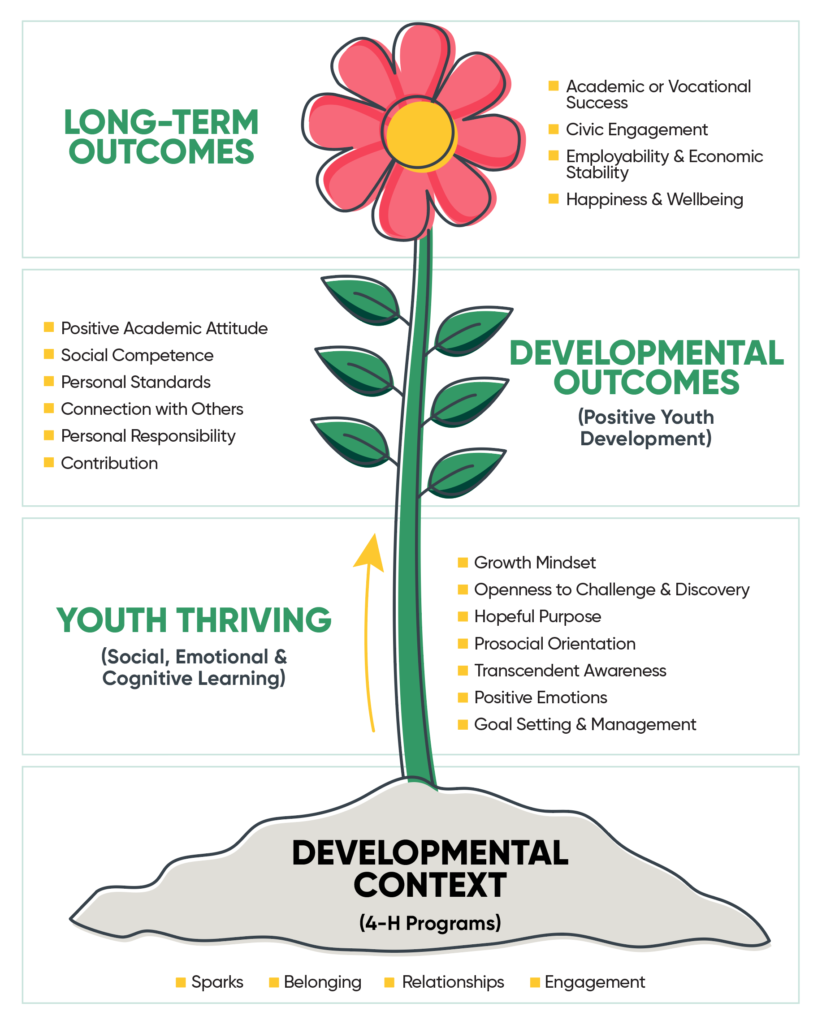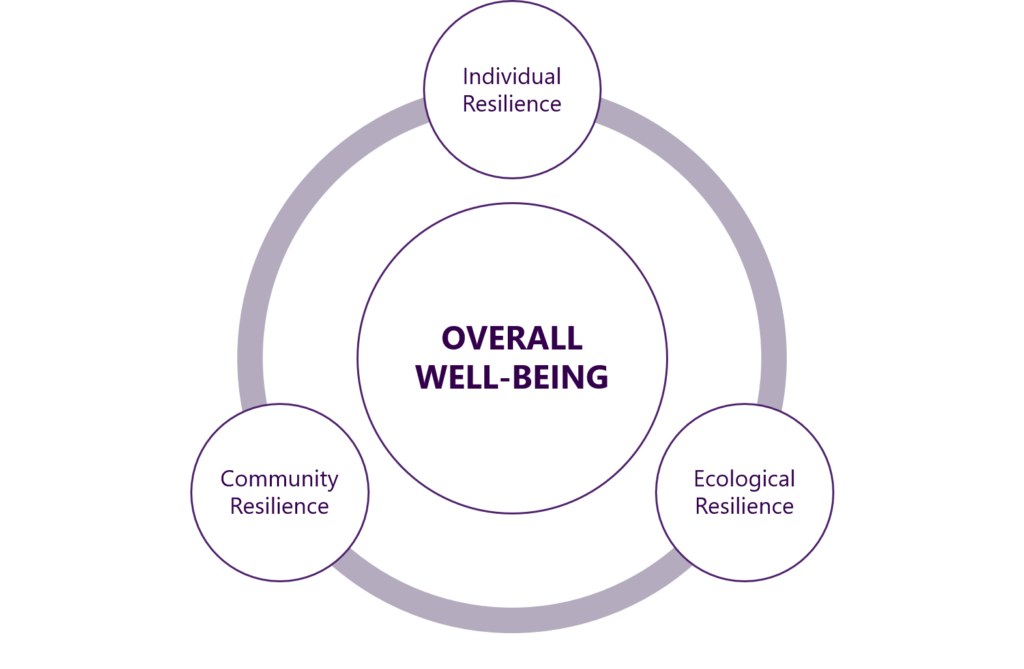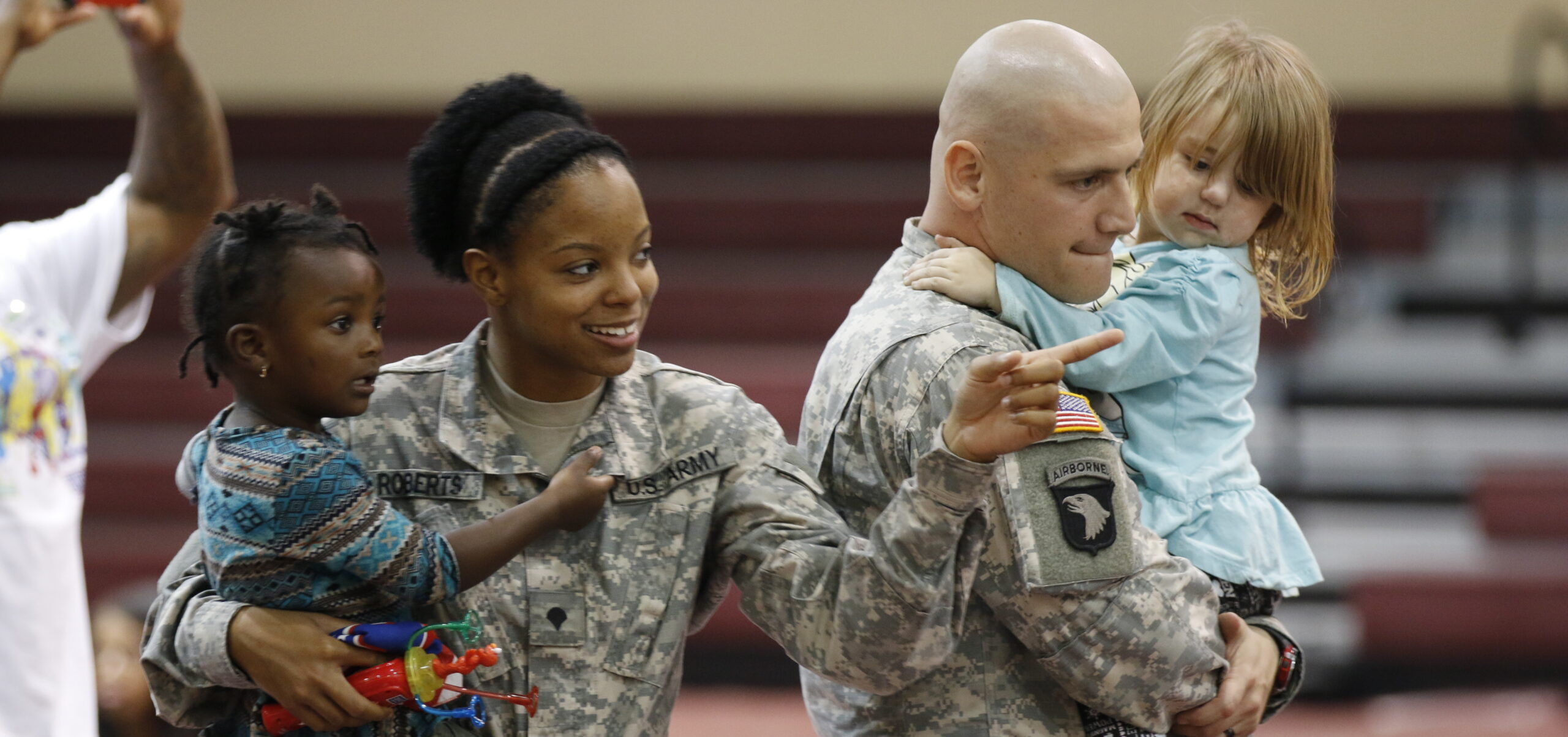Written by: Bob Bertsch
I recently conducted a search for the term “help families thrive” on government websites and found over 2,400 results, surpassing the results for searches like “improve family resilience” (649 results) and “enhance family well-being” (1,710 results). Clearly the concept of “thriving” is appealing, though its exact definition is unclear.
What is Thriving?
So, what does thriving mean? When we look at dictionary definitions, we often find phrases like “characterized by success or prosperity” (Thriving Definition & Meaning – Merriam-Webster, n.d.) or ”to grow vigorously; flourish” (Thriving – Definition of Thriving by The Free Dictionary, n.d.). In medicine, thriving has been used to describe the absence of growth and development, as in the diagnosis of “failure to thrive” used in pediatrics through most of the 20th century (Joseph et al., 2010). Spritzer and their co-authors define thriving for individuals who are part of an organization as the joint experience of vitality and learning at work. They write, “The first component, vitality, denotes the sense that one is energized and feels alive at work,” and “The second component, learning, is about growing through new knowledge and skills” (2012, p. 155).
The concept of thriving seems to have received the most attention in the field of youth development. 4-H, the largest youth development organization in the U.S., has the 4-H Thriving Model, a theory of change for positive youth development.

Image from the 4-H PLWG Standing Committee on Positive Youth Development, https://helping-youth-thrive.extension.org/home/
The 4-H Thriving Model describes seven indicators of thriving:
- openness to challenge and discover
- growth mindset
- hopeful purpose
- pro-social orientation
- transcendent awareness
- positive emotionality
- self-regulation through goal setting and management
These indicators suggest something much more than well-being, even well-being across multiple domains.
In their paper, “Thriving, Robust Equity, and Transformative Learning & Development,” Osher and co-authors set thriving as the goal of youth development. They encourage practitioners and leaders to push beyond “well-being as a set of goals and social indicators” and towards “thriving as a dynamic process that goes beyond well-being to include individual and collective growth in grounding and agency” (2020, p.3).
Thriving at Multiple Levels
In the definition of thriving above, Osher and their team reference both individual and collective growth, reflecting a multi-level conception of thriving. They write, “Thriving is also related to the social and physical environment: there is a dynamic relationship between and among individual, collective, and environmental thriving” (2020, p.17).
I’ve written about a similarly interdependent relationship between individual, community and ecological resilience.
“Individual and community resilience are impacted by environmental changes and the availability of the ecological resources (Bourque & Cunsolo Willox, 2014; Buikstra et al., 2010). In turn, ecological resilience is impacted by the actions of individuals and communities (Holling, 1996). Individual resilience is impacted not only by the availability of ecological resources, but also by the availability of resources provided through social connections and community infrastructure (Ledogar & Fleming, 2008). Community resilience is dependent on both the ecology and the capacity of individuals in a community to engage in collective action (Berkes & Ross, 2013).” (Bertsch, 2020, pp.3-4).

Putting It Into Practice
So, how can we use this multi-level understanding of thriving in our work?
Osher and their co-authors suggest youth development leaders address thriving by:
- “Establishing well-being as a threshold”, which suggests thriving should be the goal for every person.
- “Affirming the importance of resiliency as a socially supported individual response to adversity.” I believe the keywords here are “socially-supported.” Human development takes place in the context of families, organizations, institutions, communities and environments.
- “Creating explicit accountability for strengthening individual and group capacities to thrive,” which reminds us that promoting thriving means going beyond just the individual to the collective level. (2020, p.28).
I believe one of the most effective things we can do is to consider how our work can affect multiple units: the individual, the family, the community, the environment, and others. This is definitely challenging. It requires shifting our focus to different levels, which may require time for reflection.
Whether we are working towards resilience, well-being or thriving, if we don’t think about the multiple levels and the relationships between those levels, we are likely to miss challenges and assets that interrelate to promote or inhibit progress.
References
About the 4-H Thriving Model – 4-H PLWG Standing Committee on Positive Youth Development. (n.d.). Retrieved October 3, 2023, from https://helping-youth-thrive.extension.org/home/
Bertsch, R., (2020). The Effect of Relationship-Building Programs on the Resilience of Women in Agriculture. http://search.proquest.com/docview/2445989513/abstract/16CEDB41920A47F1PQ/1
Joseph, M., Yeager, D., King, P., & Damon, W. (2010). Thriving across the Life Span. https://doi.org/10.1002/9780470880166.hlsd001024
Osher, D., Pittman, K., Young, J., Smith, H., Moroney, D., & Irby, M. (2020). Thriving, Robust Equity, and Transformative Learning & Development.
Spreitzer, G., Porath, C. L., & Gibson, C. B. (2012). Toward human sustainability. Organizational Dynamics, 41(2), 155–162. https://doi.org/10.1016/j.orgdyn.2012.01.009
Thriving—Definition of thriving by The Free Dictionary. (n.d.). Retrieved October 17, 2023, from https://www.thefreedictionary.com/thriving
Thriving Definition & Meaning—Merriam-Webster. (n.d.). Retrieved October 17, 2023, from https://www.merriam-webster.com/dictionary/thriving













